Have you ever wondered what contribution your home town has made to this country’s automotive tapestry?
If you grew up in one of the 1920s semis along Browns Lane in Coventry, you’ll know very well that you hail from Jaguar’s home patch.
And if your weekday mornings were soundtracked by buzzy four-cylinder engines being wrung out on the test track just over the way at Hethel, you’ll be well aware that your corner of the country brought us Lotus, as we know it today. For those of us who don’t come from one of Britain’s many famous car towns, though, it’s a question that demands a little digging.
For all but a few of my 31 years, I have lived in Bristol. Twelve of those were spent in a north Bristol suburb just a mile or two from Filton airfield, and it’s in the vicinity of the disused runway that I find myself now, peering at a building materials supplier on some entirely unremarkable industrial estate.
It mightn’t be a famous car town, but Bristol is as well known as anywhere for its engineering past. Much of that reputation can be attributed to just one man, of course, for it was Isambard Kingdom Brunel who built this city’s iconic suspension bridge in Clifton, the Great Western Railway that links the south-west with the capital and also the SS Great Britain, the world’s first iron-hulled, screw-propeller-driven ship, which today sits proudly in a dry dock in Bristol harbour.
How to innovate in the car industry, according to Jaguar Land Rover engineering chief
Aviation, too, forms a huge part of this town’s history. Filton airfield was first built in 1910 and, over the following decades, a whole industry sprung up around it. The Bristol Aeroplane Company was founded here at around the same time, building several thousand Fighter biplanes during World War I. Much later, the first UK-built Concorde took off from Filton in 1969 and, 34 years after that, the final ever Concorde flight landed at Filton, too.
But what has any of that got to do with cars? I’m parked up by the side of Concorde Road, half a mile to the north of Filton’s runway. A company called SIG Construction occupies the corrugated steel and brick industrial unit now, but for a long time, this was the home of Bristol Cars. In fact, the obscure and quirky car maker had several facilities dotted around the airfield, but all of those to the south of the runway have now been knocked down and redeveloped. This is the only one that remains today, although you’ll find no indication anywhere that this was once the site where 410 and Blenheim luxury cars, among others, were manufactured.

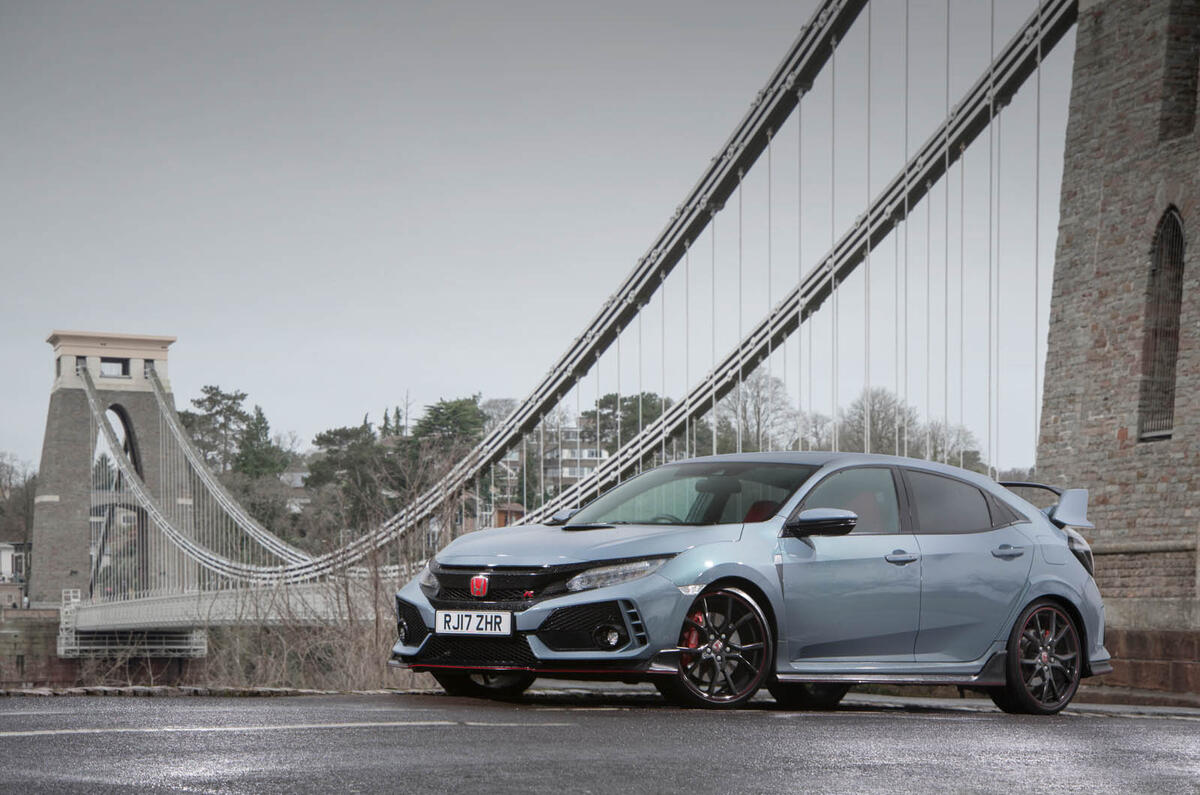

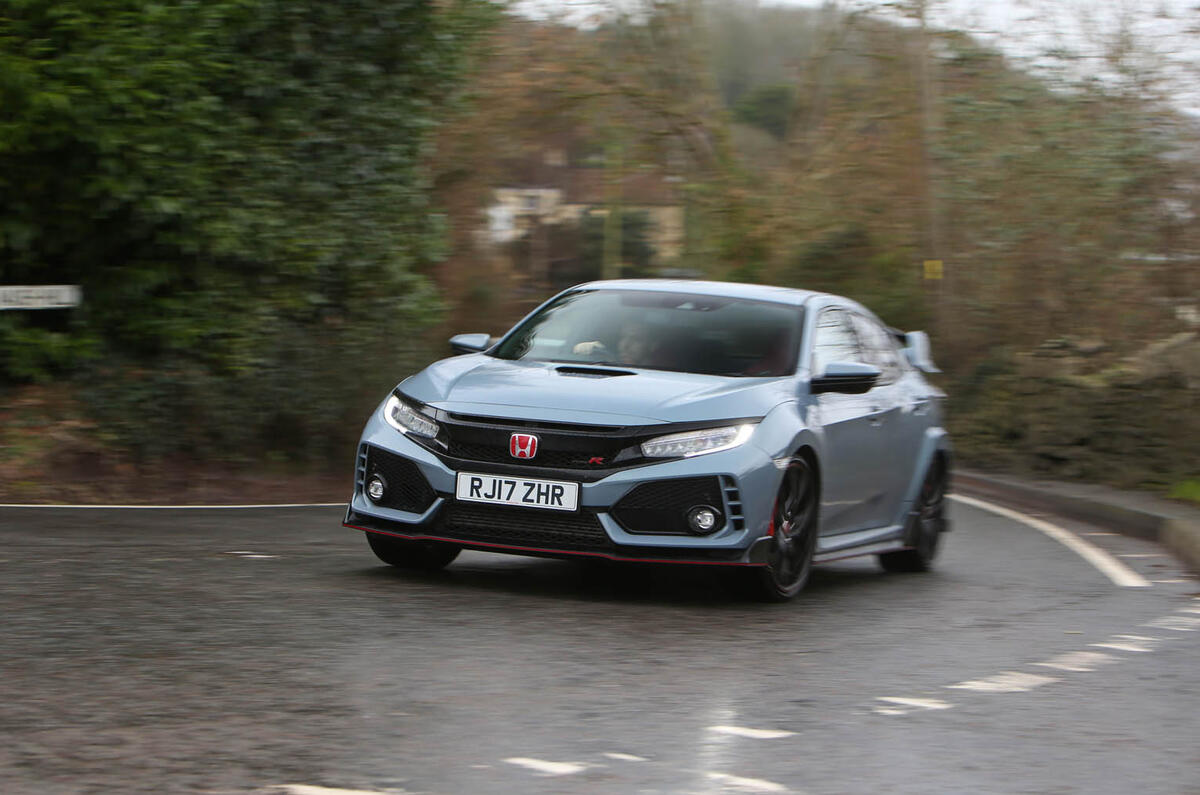
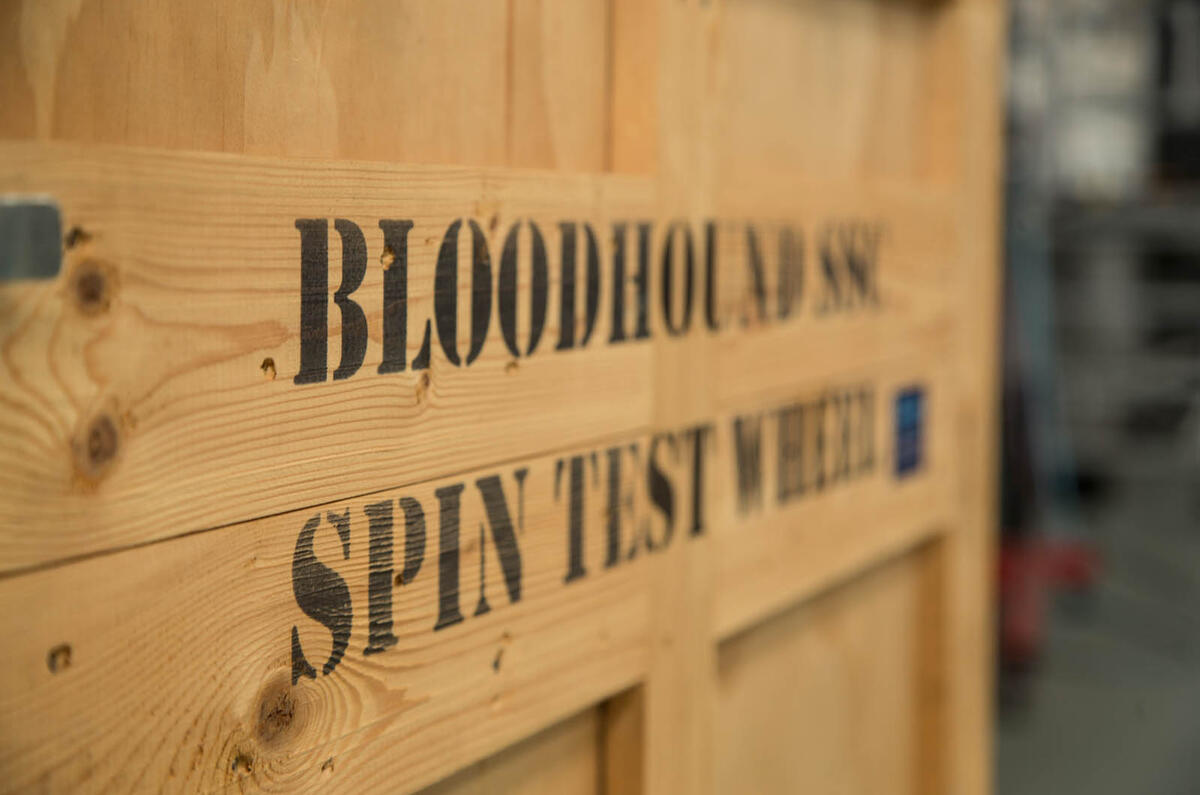
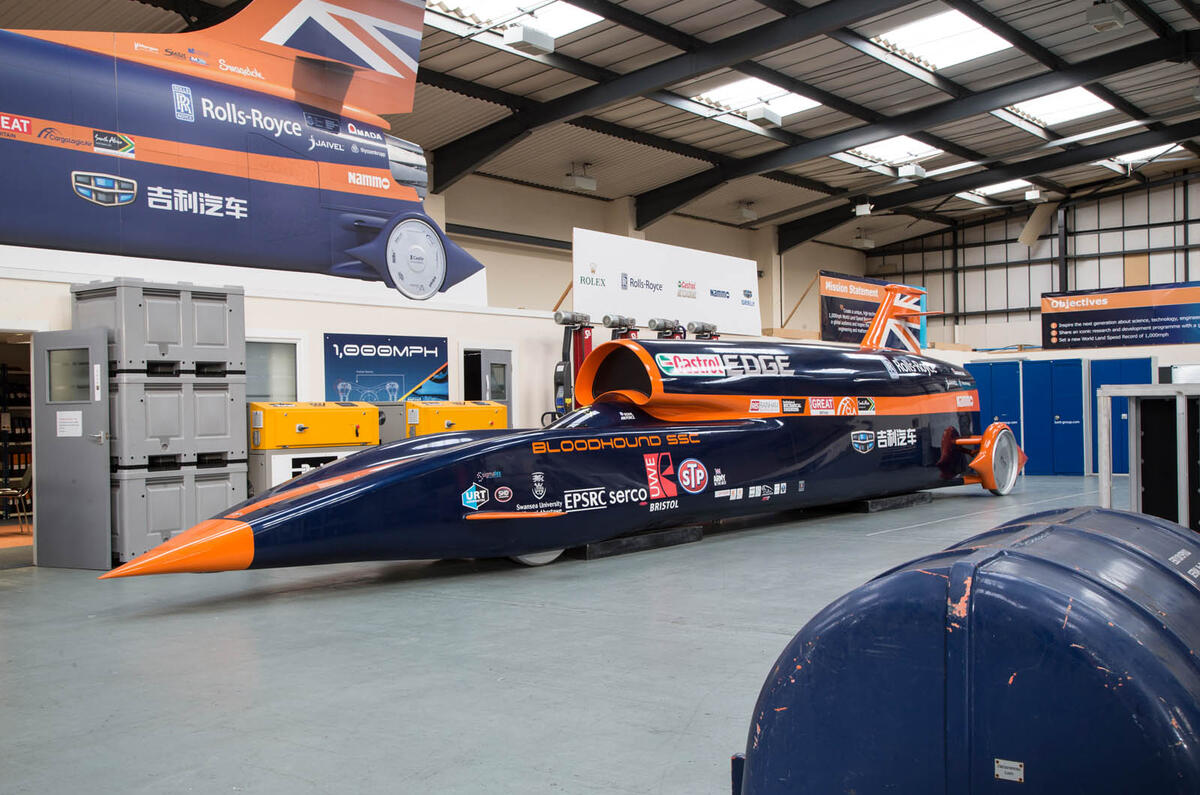
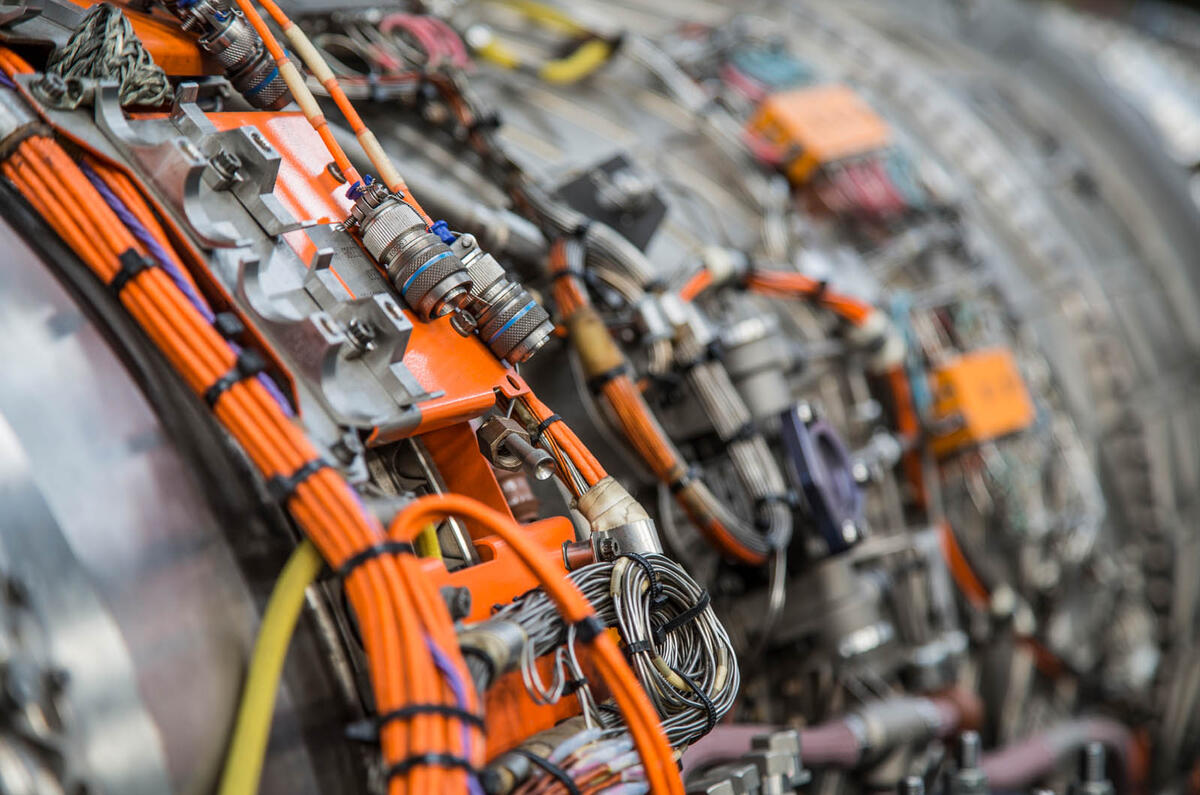
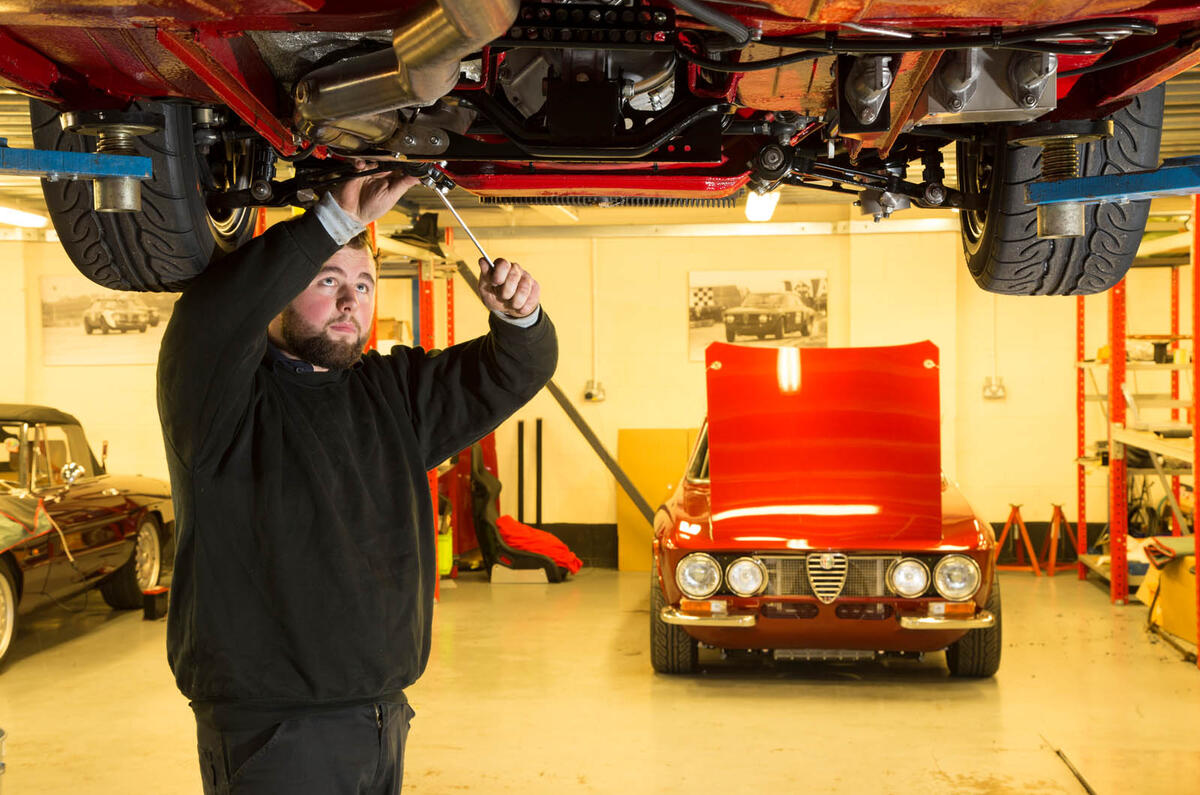

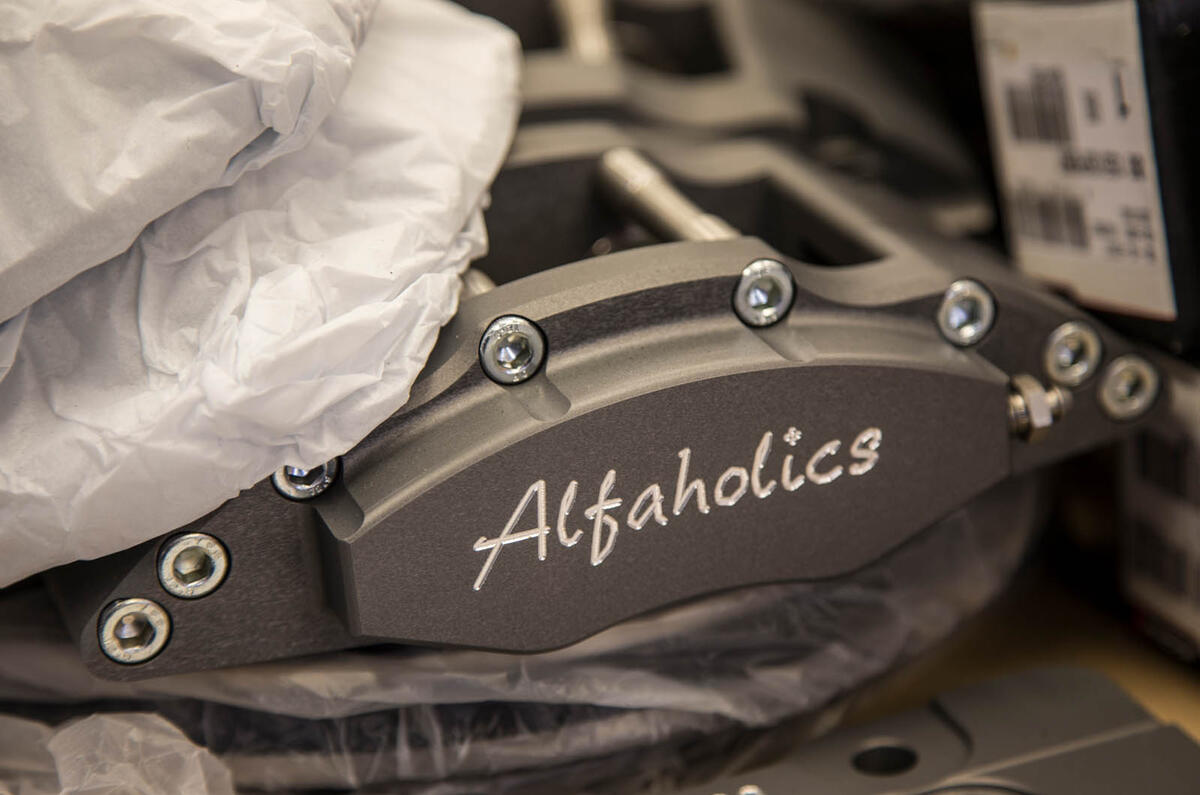
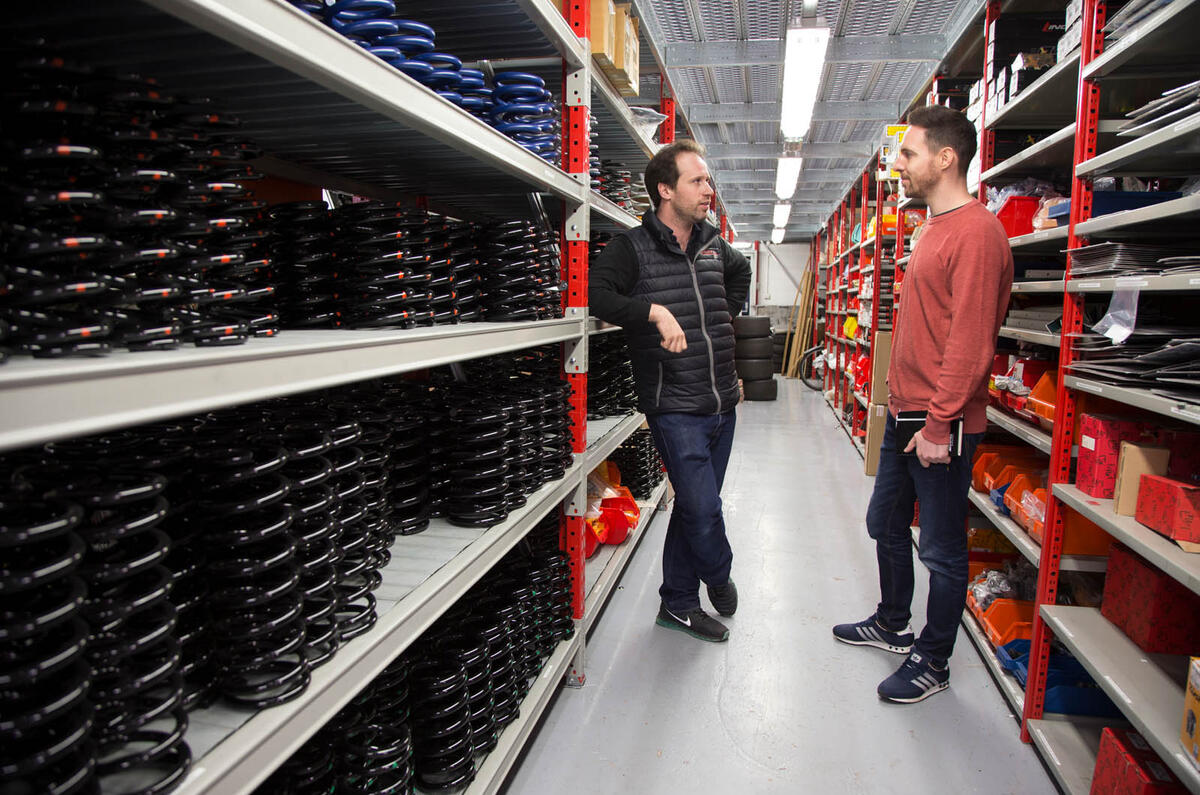

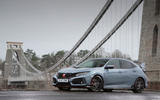
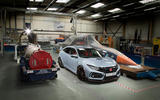


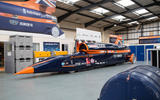
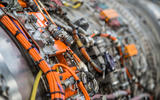
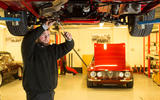
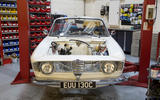
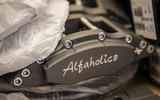
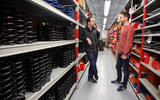
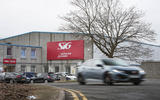
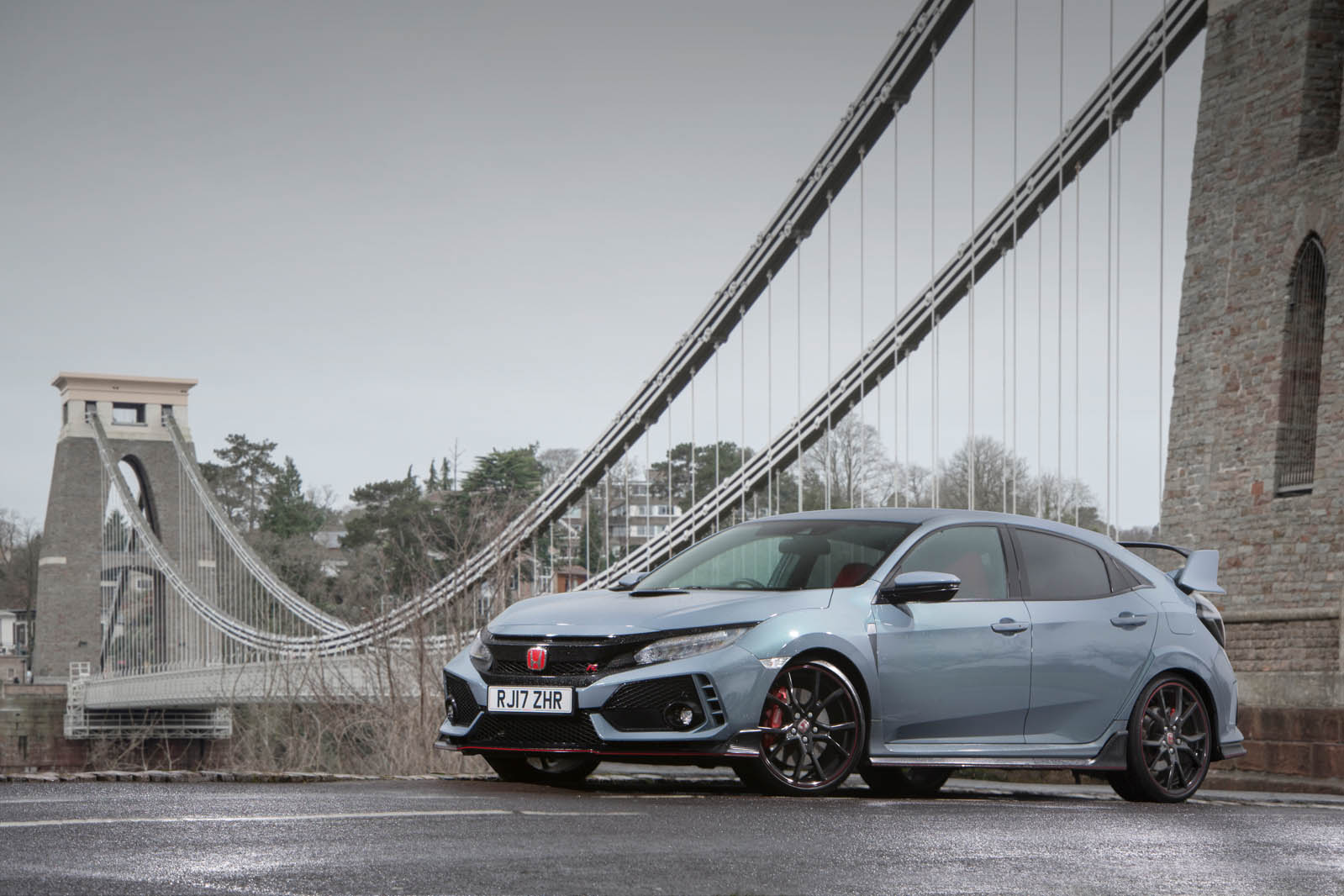



Join the debate
Add your comment
Nice article.
Nice article.
Bristol has never been much of a motor city, the biggest selling road vehicles made there were probably buses like the Bristol Lodekka and VR! Swindon by contrast as well as Honda also has the bodywork pressing plant now owned by BMW (used for Minis).
Are any cars made in Coventry now? The only vehicles I can think of made there now are London Taxis including the new electric/hybrid one.
An enjoyable little read ...
... perfect for this wet Sunday afternoon. I grew up in a village where tractors outnumbered cars, and the only vehicle manufacture involved 10-year old boys and sets of discarded pram wheels.